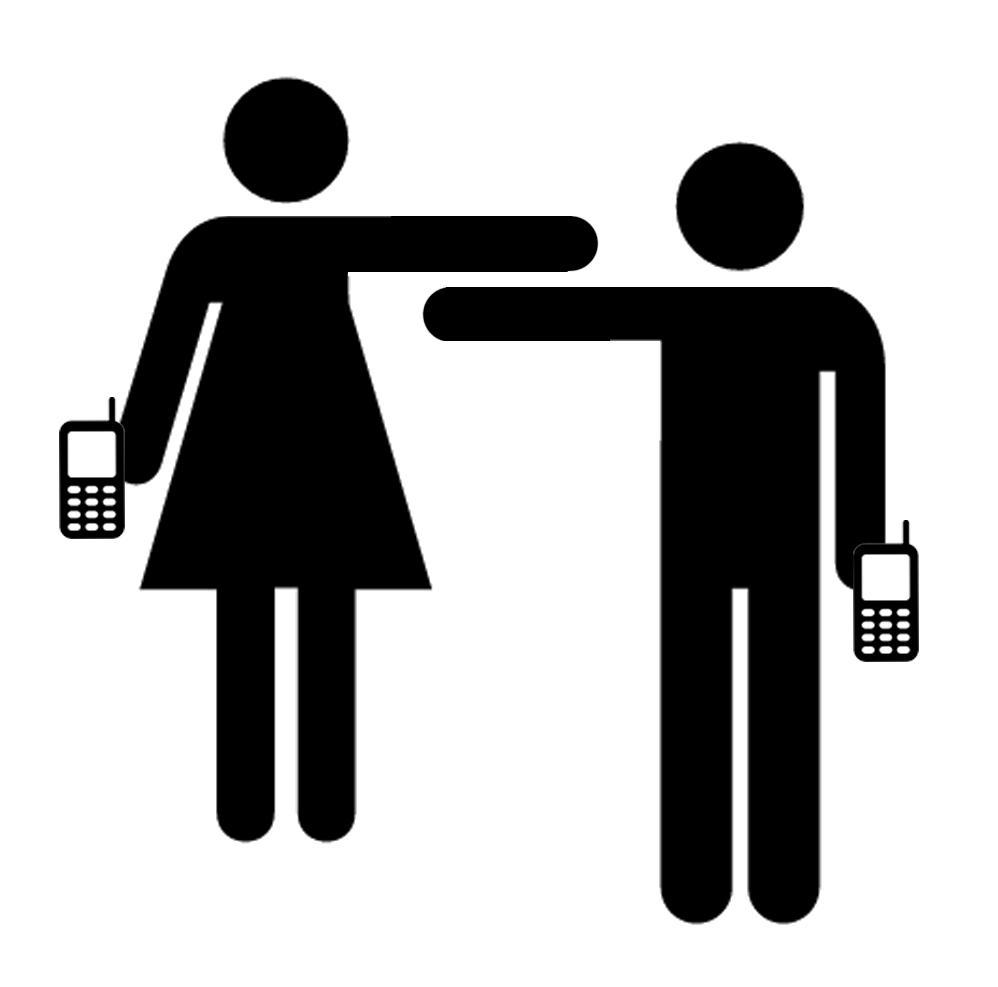Networked Urbanism
design thinking initiatives for a better urban life
apps awareness bahrain bike climate culture Death design digital donations economy education energy extreme Extreme climate funerals georeference GSD Harvard interaction Krystelle mapping market middle east mobility Network networkedurbanism nurra nurraempathy placemaking Public public space resources Responsivedesign social social market Space time time management ucjc visitor void waste water Ziyi

apps
Creating tools for visualization, communication and action in the city. Online, mobile or even desktop applications that allow citizens to get involved in new ways. Designing interfaces that translate data from complex realities into actionable and easy to read/write elements.
Think Big (and some questions I have):
Is there a way to connect people in a community, location specific, to expand social networks in one’s public and/or private layers?
I am still really intrigued the idea that individuals have multiple identities which we turn on and off depending on our physical location. I may portray myself one way in a coffee shop versus another way at the GSD. Can these layers of interests, location specific, begin to create connections that would have otherwise been unnoticed?
How much are people willing to share? Are we more willing to share our public layers (ie. skills, job, etc.) to gain business contacts versus private layers (ie. hobbies) to gain friendships? Can this service serve both functions?
Start Small:
After visiting New Urban Mechanics, it seems that this office is acting as the ‘middle man’ to create the same connections I am interested in between people in Boston who can help each other accomplish ideas. I proposed working with the office in developing a digital system for submitting proposals so these connections can also occur through a digital layer rather than just contacting the office directly. (Waiting to hear back)
I would like to focus on both the digital submission process and submission of individual skills. How can this system connect people who can benefit each other?
Act Now:
I am in contact with New Urban Mechanics, MIT Media Lab students, and researchers at the Berkman Center for Internet and Society.
I have also met with a sociology professor at Harvard to discuss the basics of interaction, social identity theory, social networks, behavioral economics, and multi-plex networks.
I am also beginning to envision how a system of location based identity, or a physical social network, can exist. Perhaps coffee shops, community centers, workout facilities are tagged throughout the city which you scan into, turn on the layers you want to share in that location, and connect with others who have also called out that same layer in that location. Or perhaps the system allows you to look for a person with a specific skill set to grow a project. Then how can the connection be made between those two?
I suppose I large part of a successful mobile app intervention/invention is also to get a wide enough user base. Seems like this web platform does not have a mobile app endeavor yet and would like to see if I could partner with them, perhaps design the app together with them, to engage bartering in a more physical realm, catalyzing serendipitous matching of people with surplus and need.
https://ourgoods.org/projects
The following data was logged during the studio bike ride on Tuesday with the iphone app, MapMyRun. The data is more interesting than I originally thought since the pace was measured in realtime, and not as an average at the end. You can see the variable pace graphed along with the elevational data, which gives us a better understanding of the route. Rather than the trip takes us 50 min to complete, we know where we were the slowest, and can better identify the conditions that effect bike traffic (ie: road conditions, car traffic, multiple crosswalks etc.)
Think Big:
How can the physical environment read our digital layers to connect strangers of similar interests?
- When people connect and converse over like interests, a sharing of knowledge occurs. Further, more complex ideas can begin to emerge through these conversations that can perhaps enhance society as a whole. How can our digital layers begin to emerge in daily life so these physical connections can occur?
Start Small:
- Interviews: Lisa Valela, Program Coordinator Harvard Graduate Commons. Susan Keller, Assistant Director Harvard Real Estate. Nashid Nabian, GSD Urban Planning. Jifei Ou, MIT Media Lab Tangible Media Group. Miscellaneous Cafe Goer #1. Miscellaneous Cafe Goer #2.
- Videos of individuals working in public settings to begin to understand modes of focus.
- Case studies including means of: innovative workplaces, knowledge sharing, stranger connection, GPS location systems, technology embedded furniture, urban library / book share, cafe culture, etc.
Act Now:
- Orchestrated spontaneity to occur week of 9/24
What is my map telling me?
Just found this really cool stop motion animation. The whole thing is done using Google Maps Street view.
http://www.theatlanticcities.com/jobs-and-economy/2012/09/search-real-estate-models-prosumer-society/3208/
http://www.geek.com/articles/mobile/koreas-tesco-reinvents-grocery-shopping-with-qr-code-stores-20110628/
« Previous 1 … 3 4 5 6 Next »

